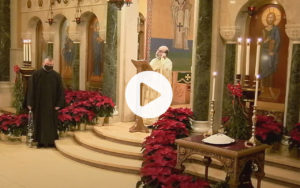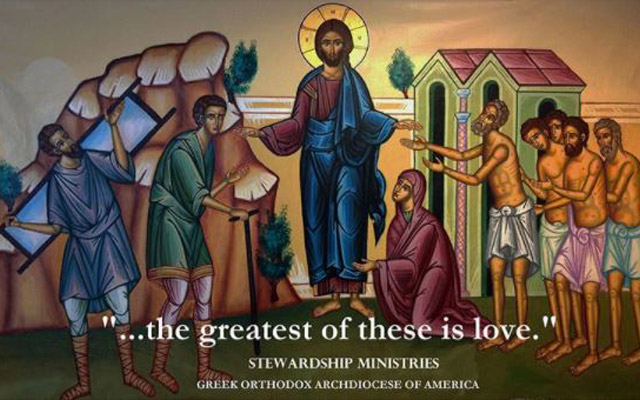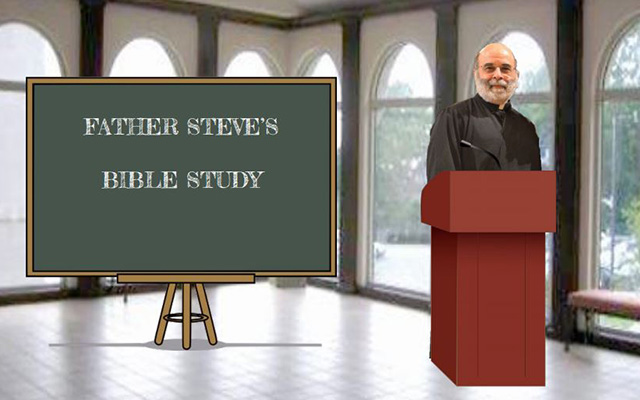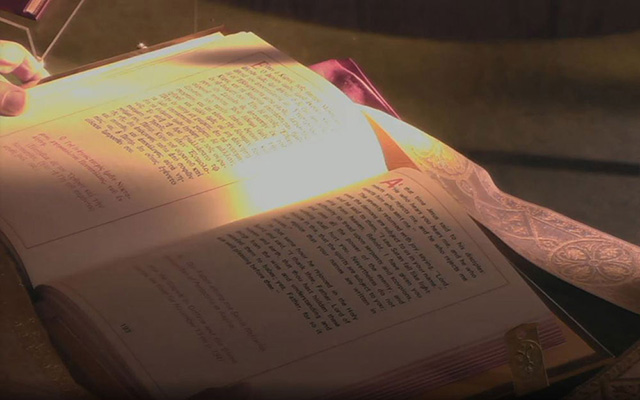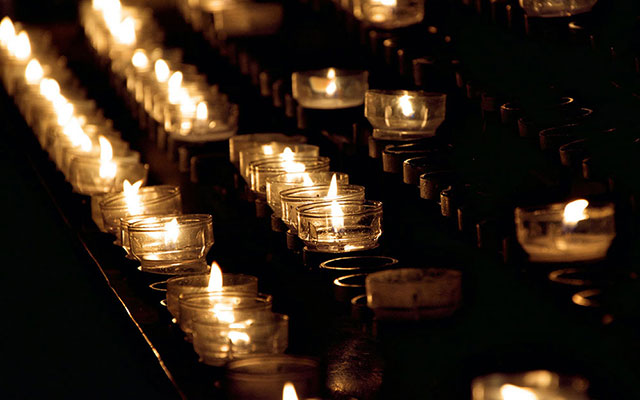Wednesday of the Third Week of Lent. The New Covenant
Now as they were eating, Jesus took bread, and blessed, and broke it, and gave it to the disciples and said, “Take, eat; this is My body.” And He took a cup, and when He had given thanks He gave it to them, saying, “Drink of it, all of you; for this is My blood of the new covenant, which is poured out for many for the forgiveness of sins. I tell you I shall


